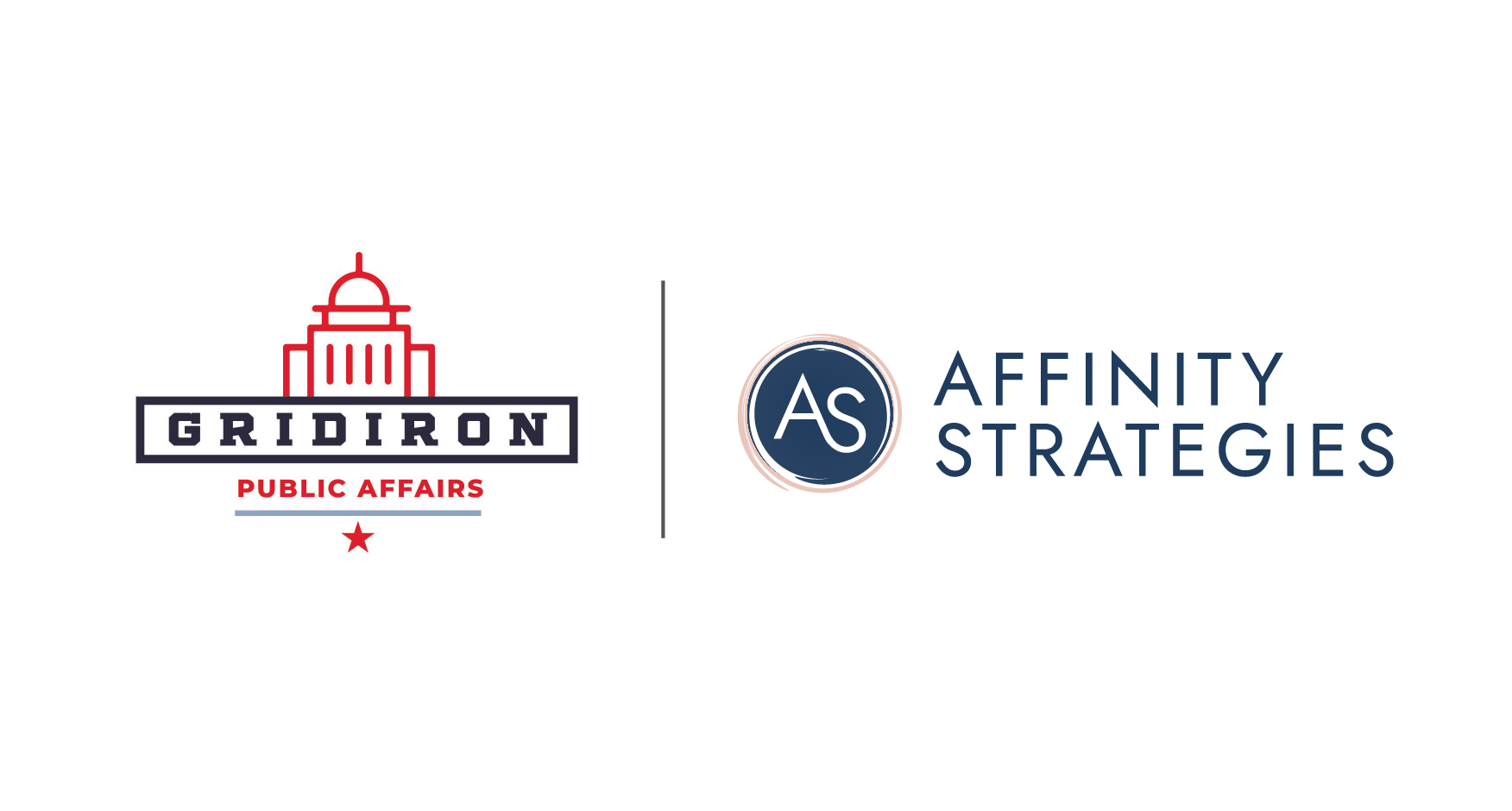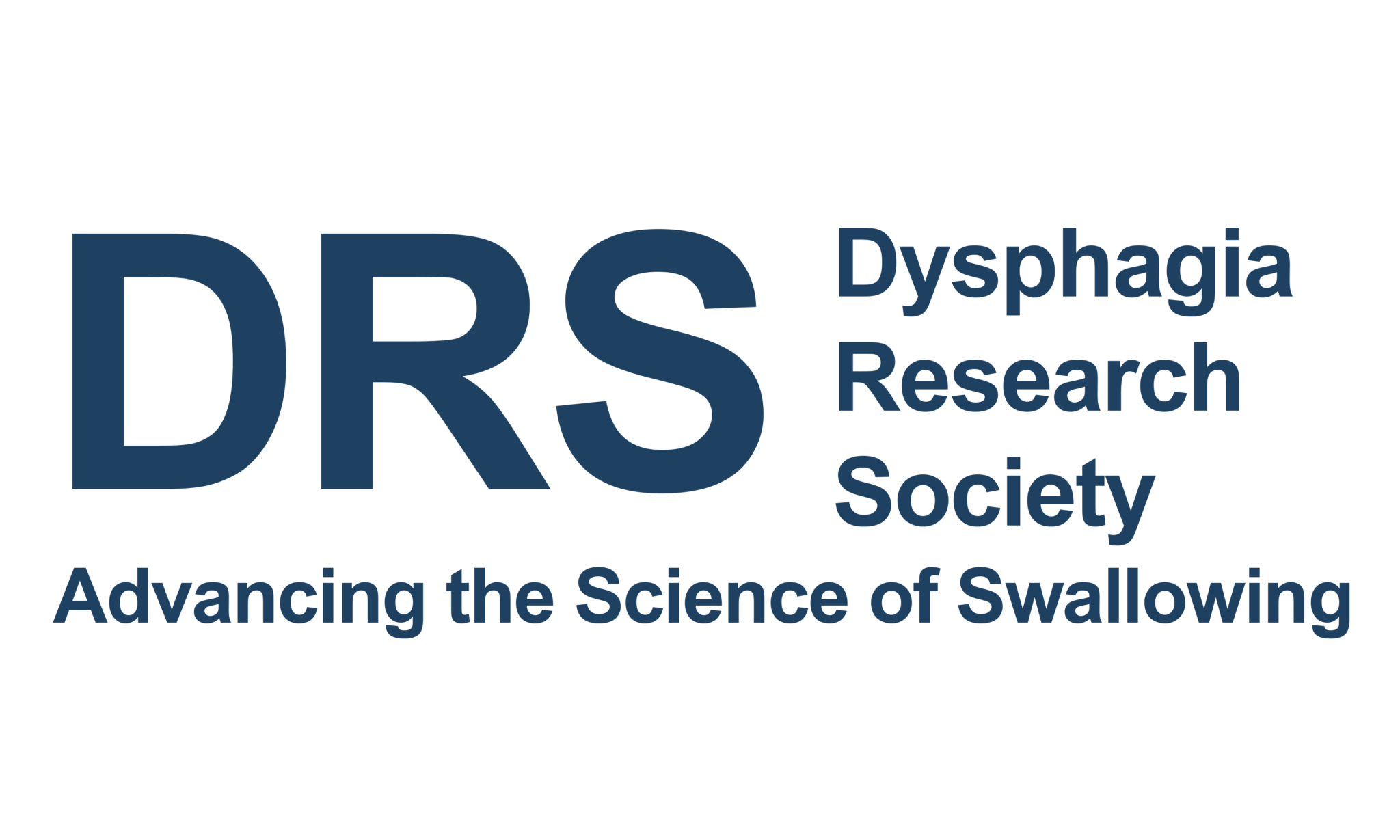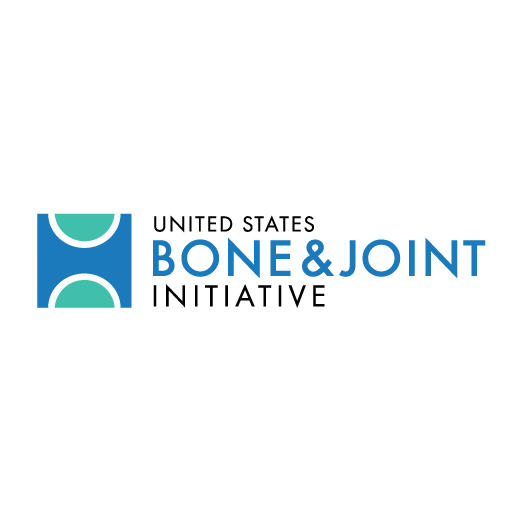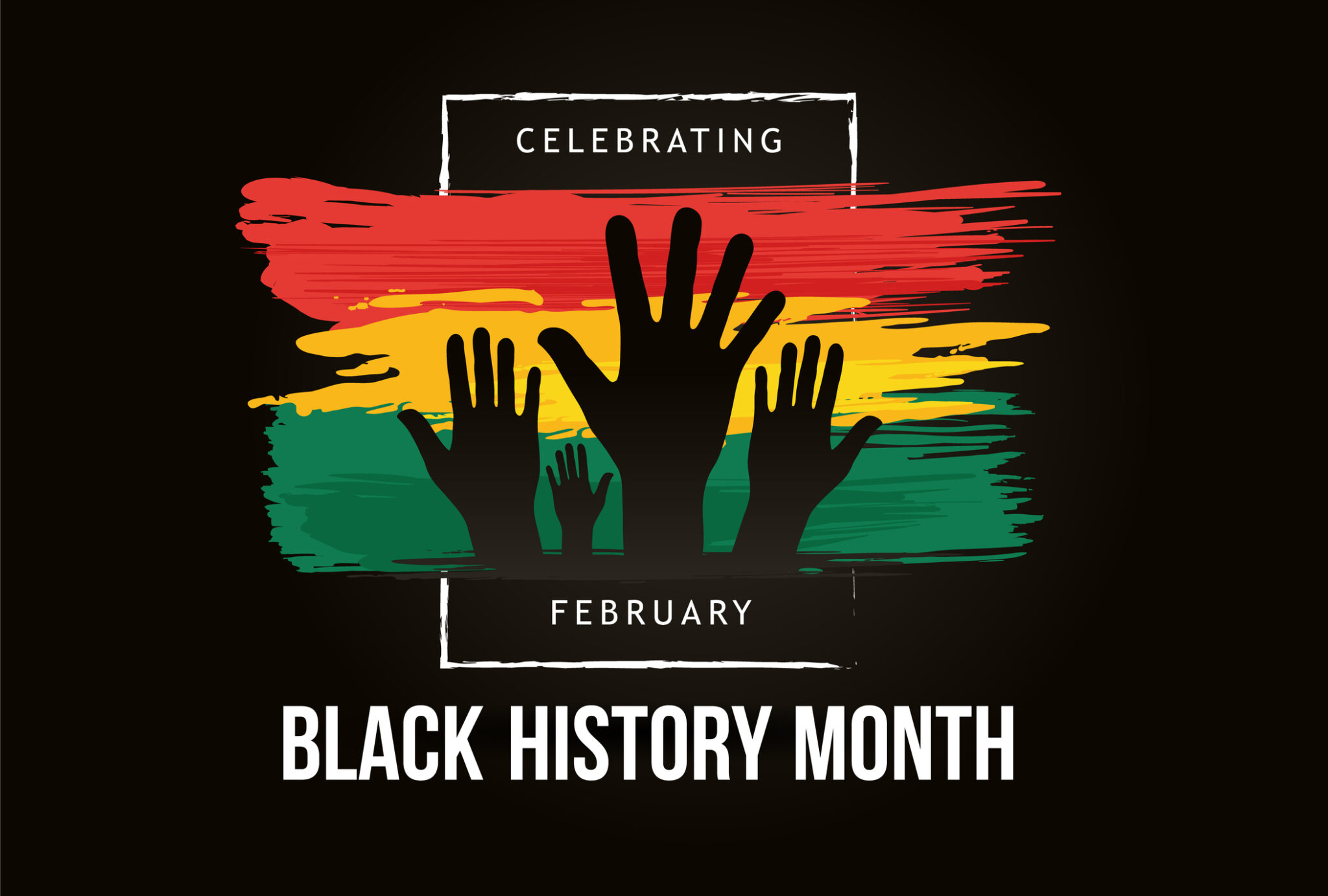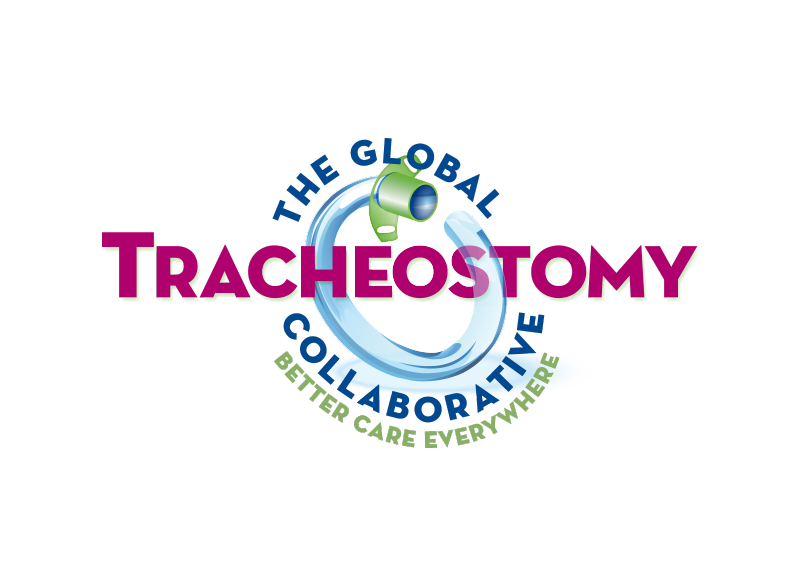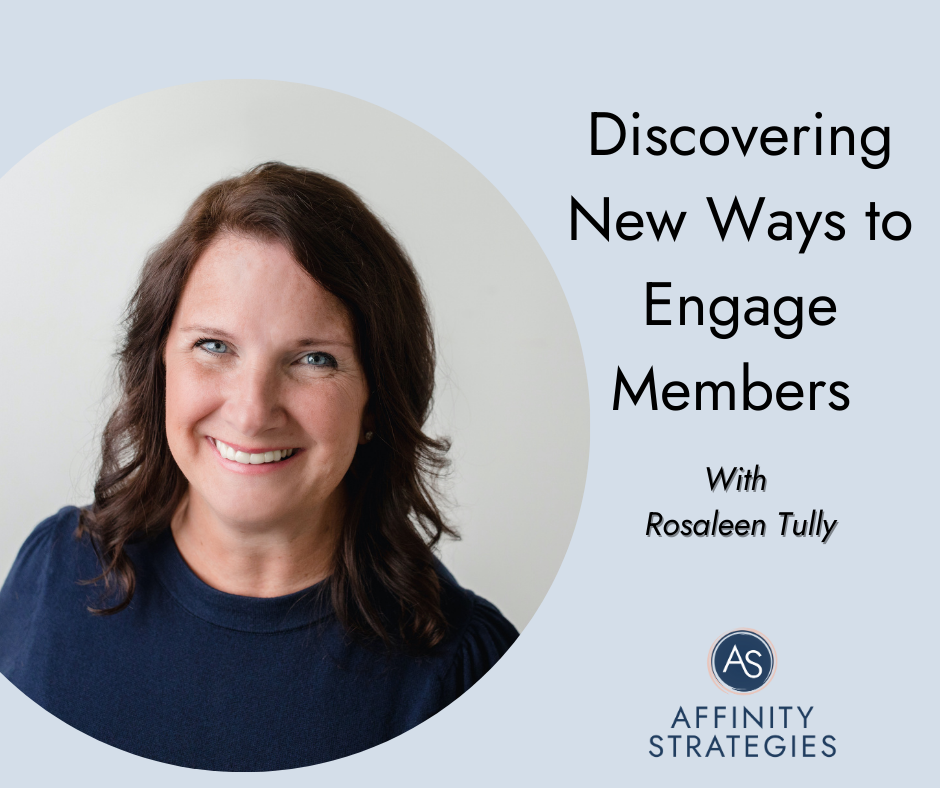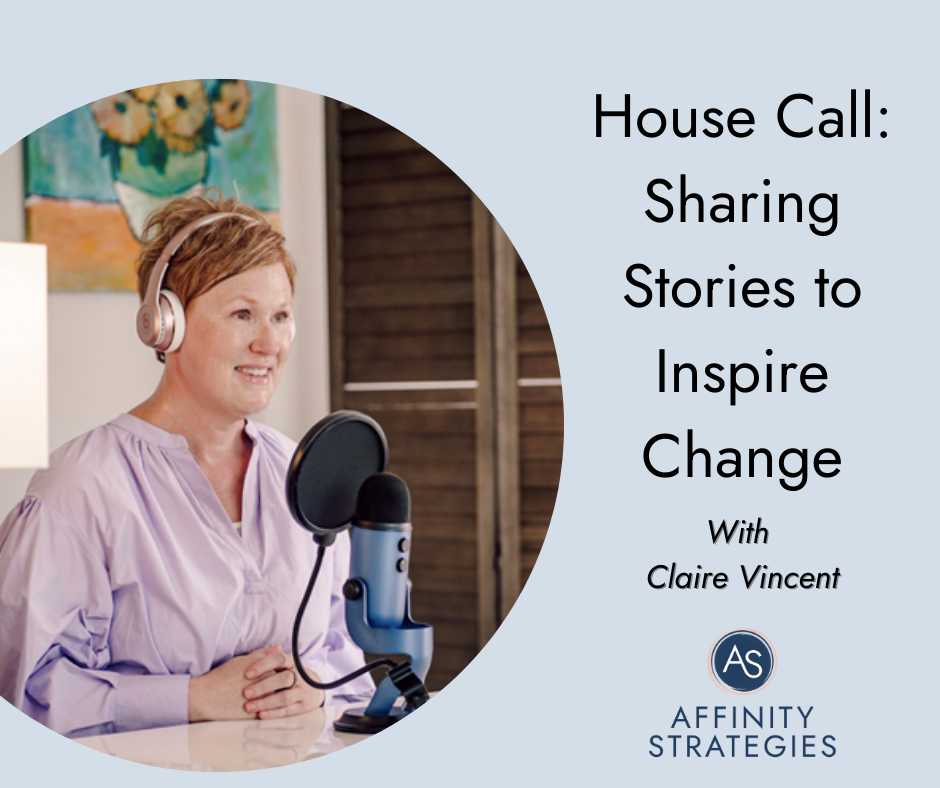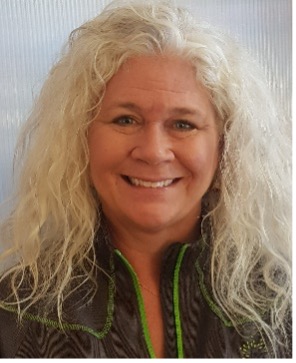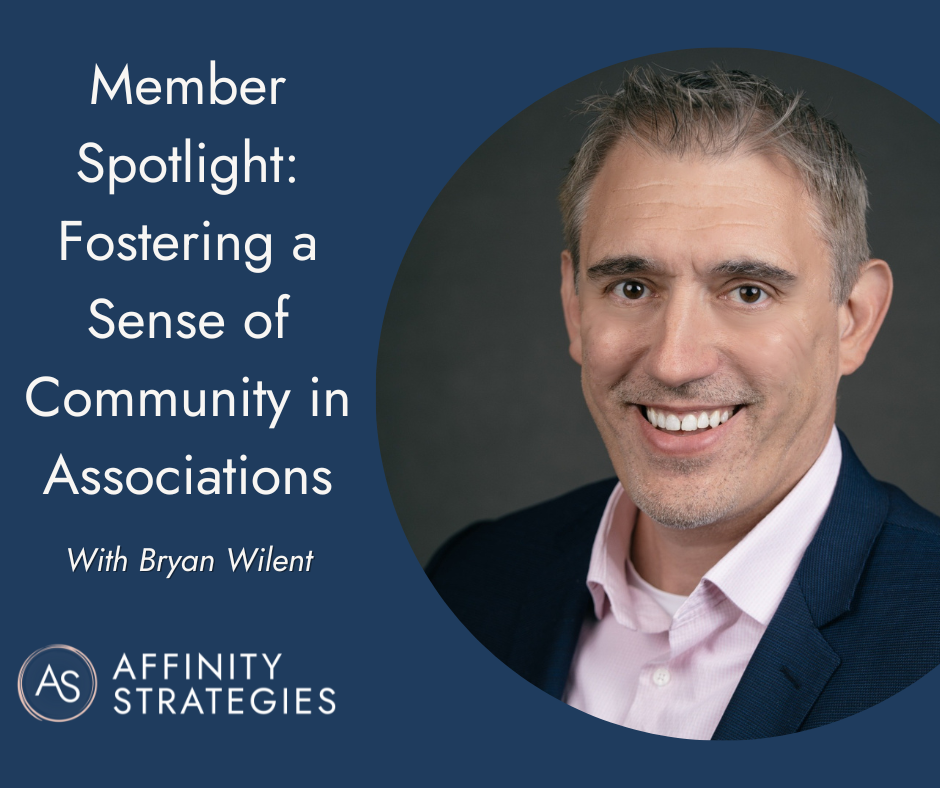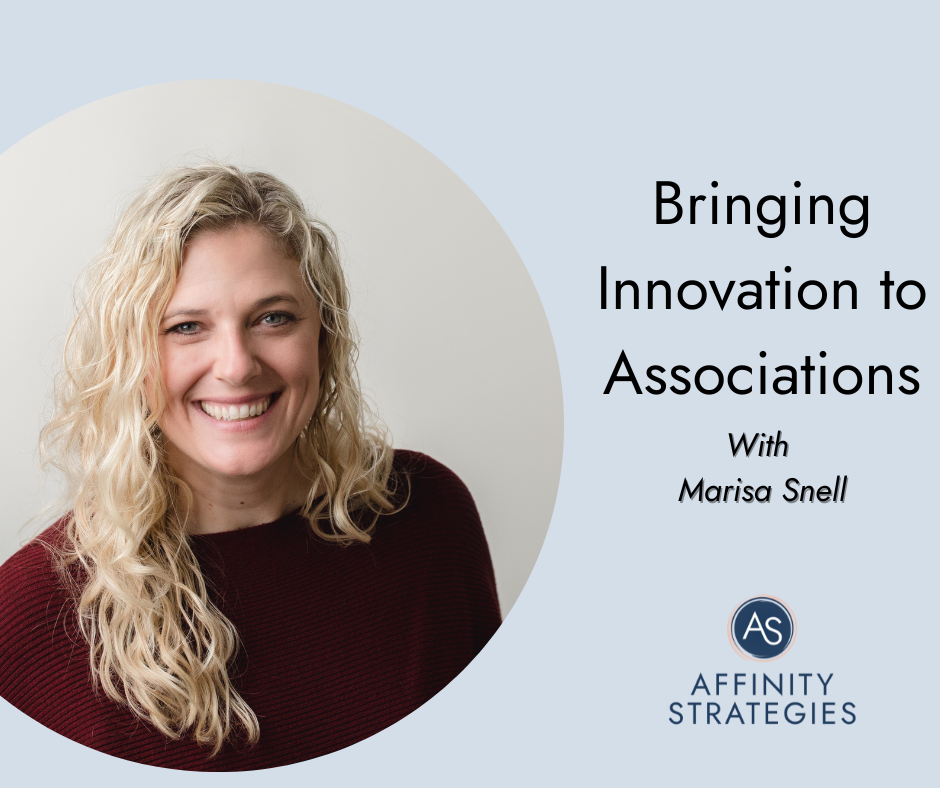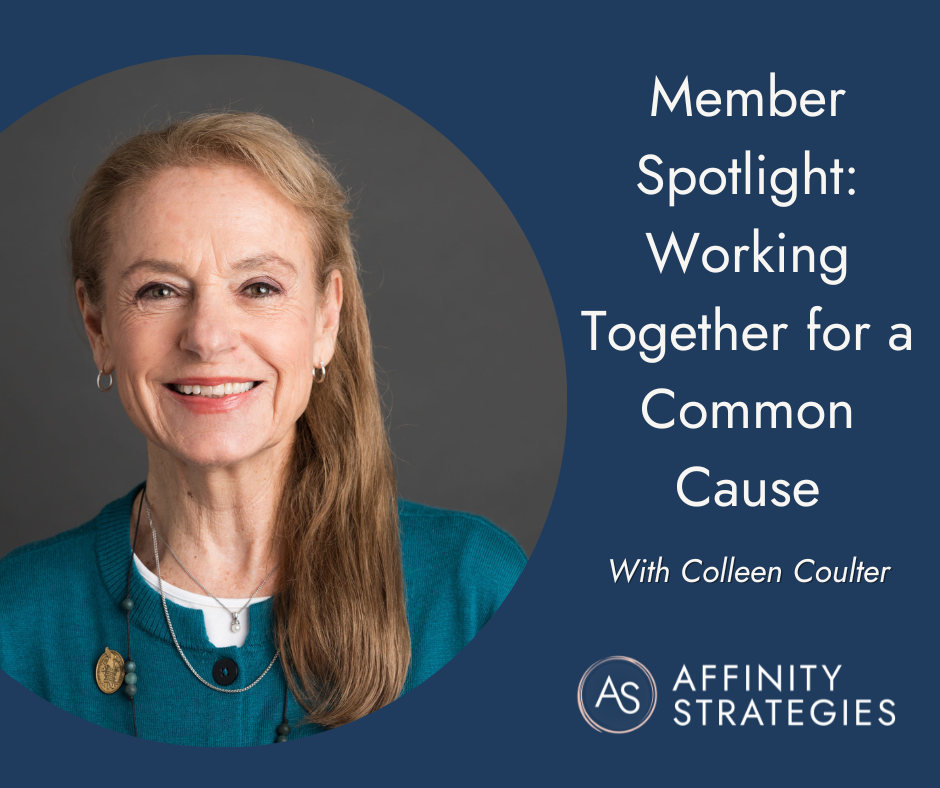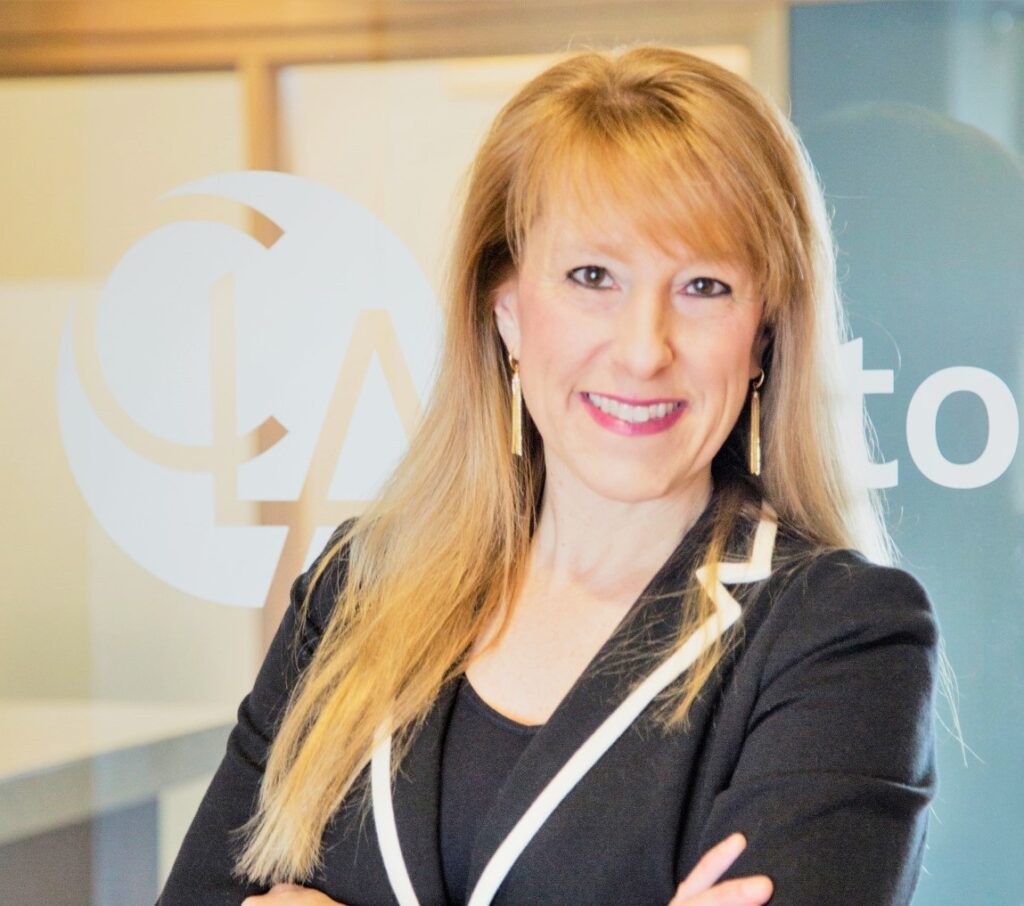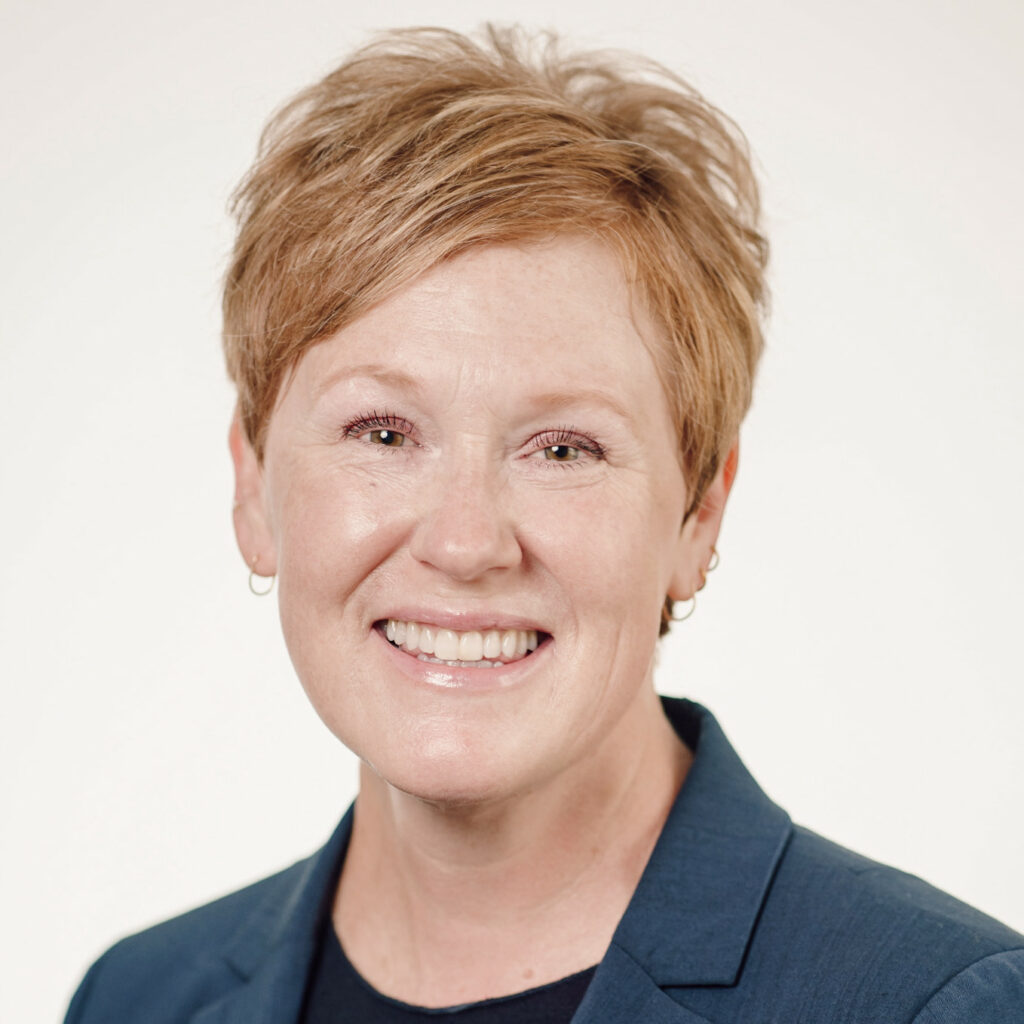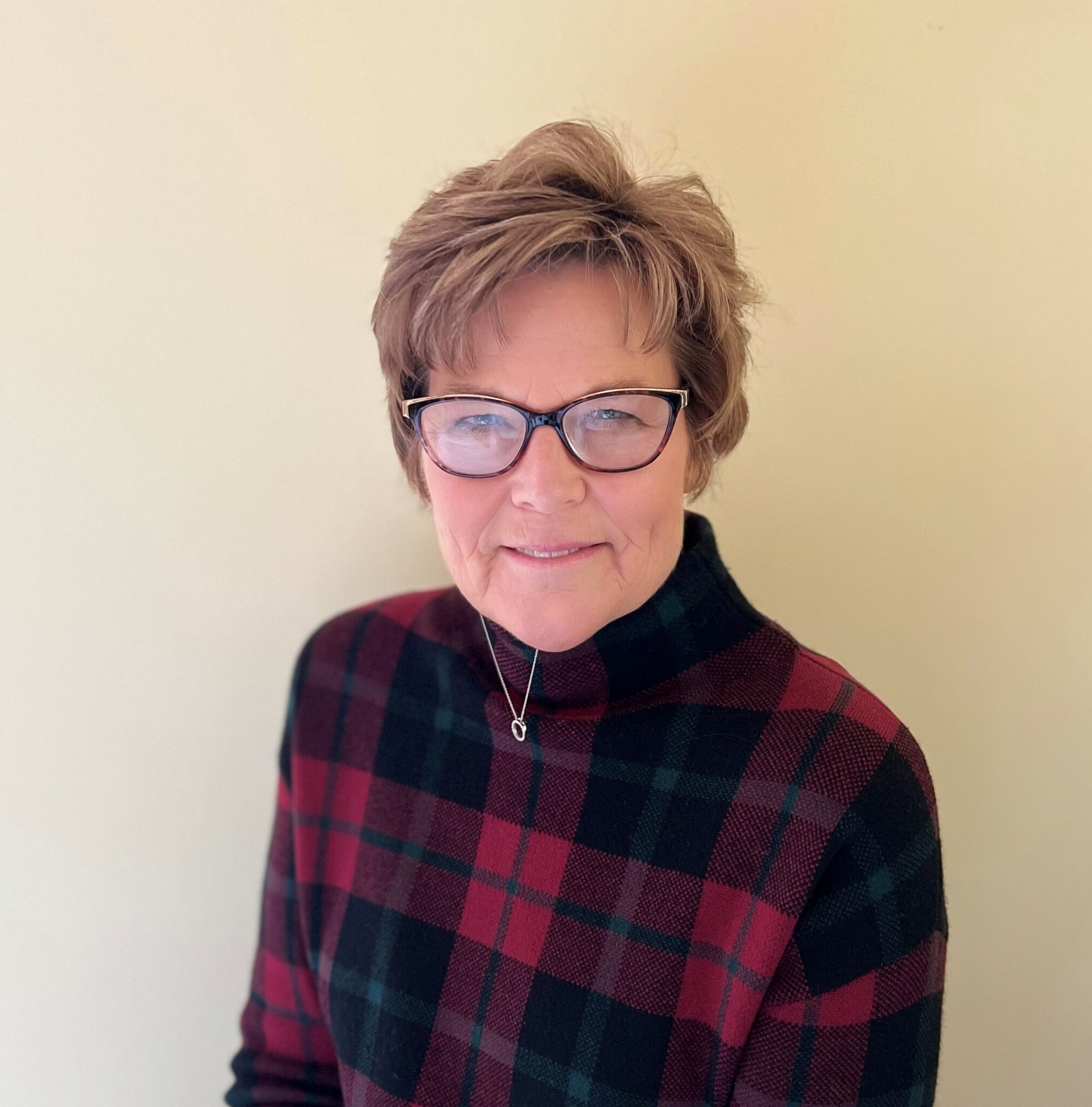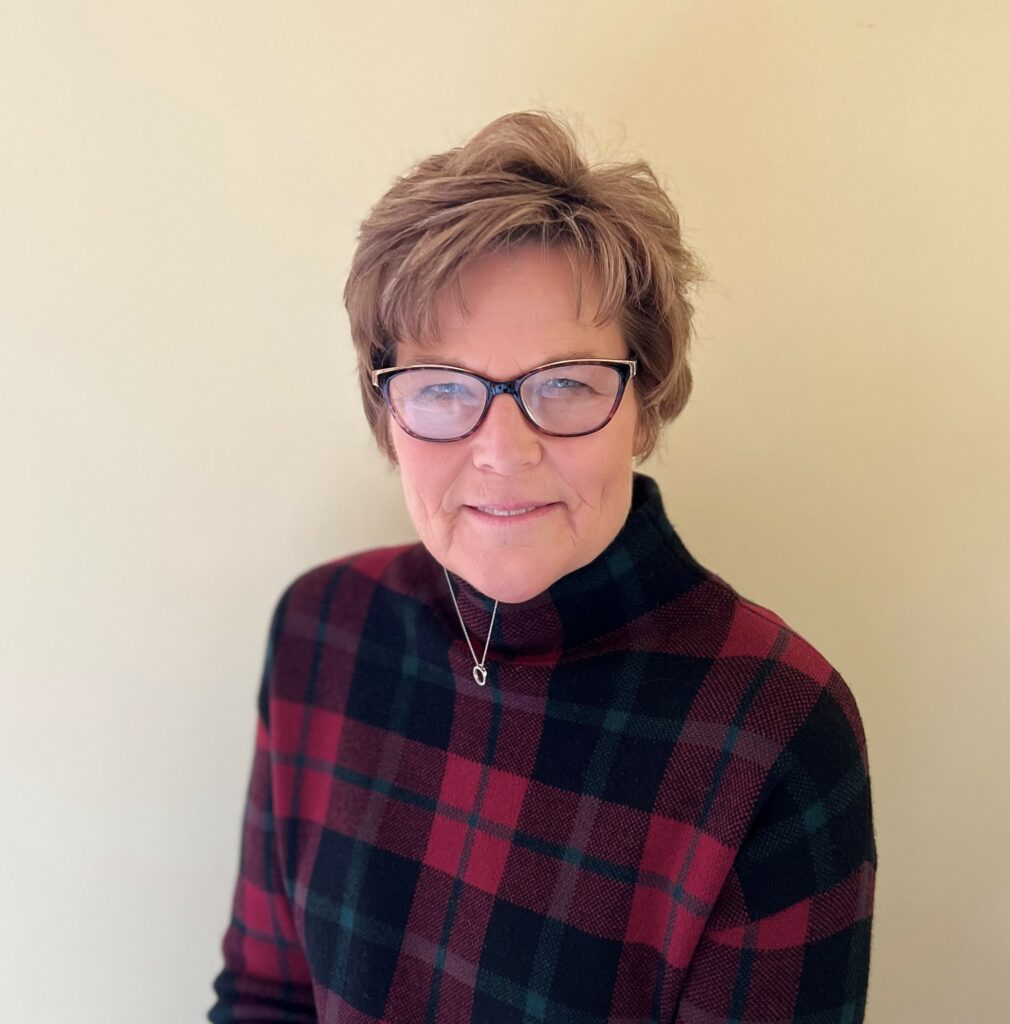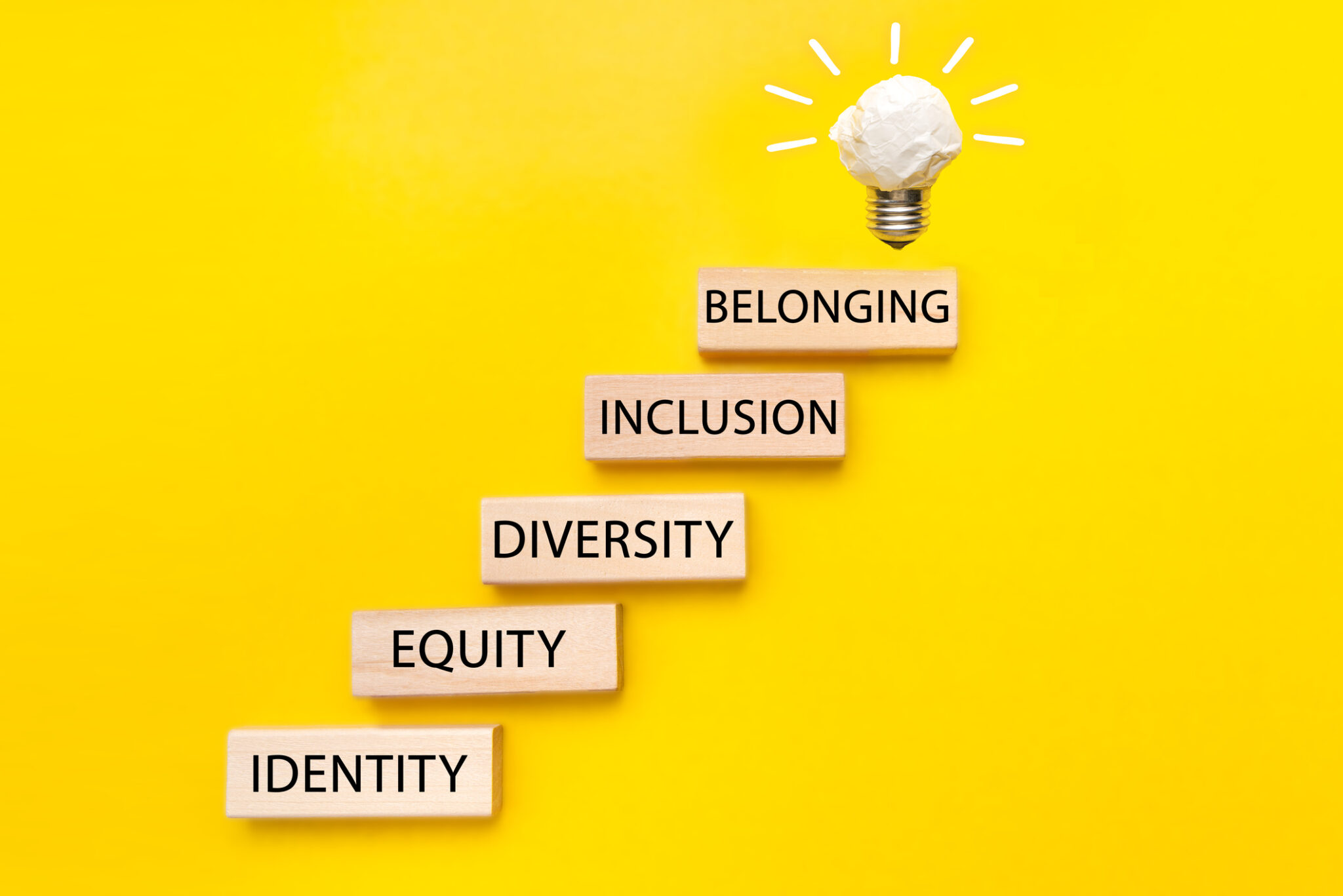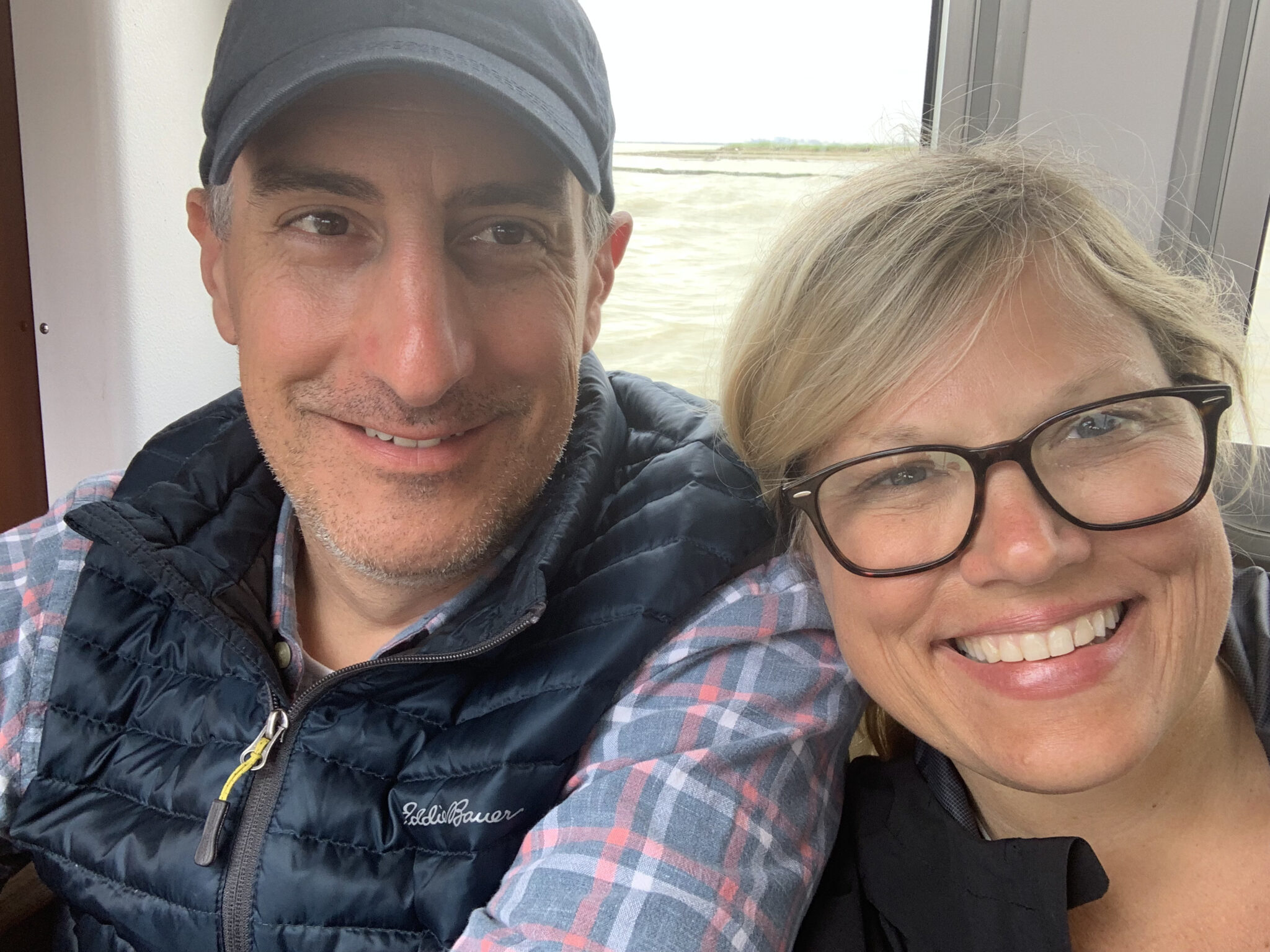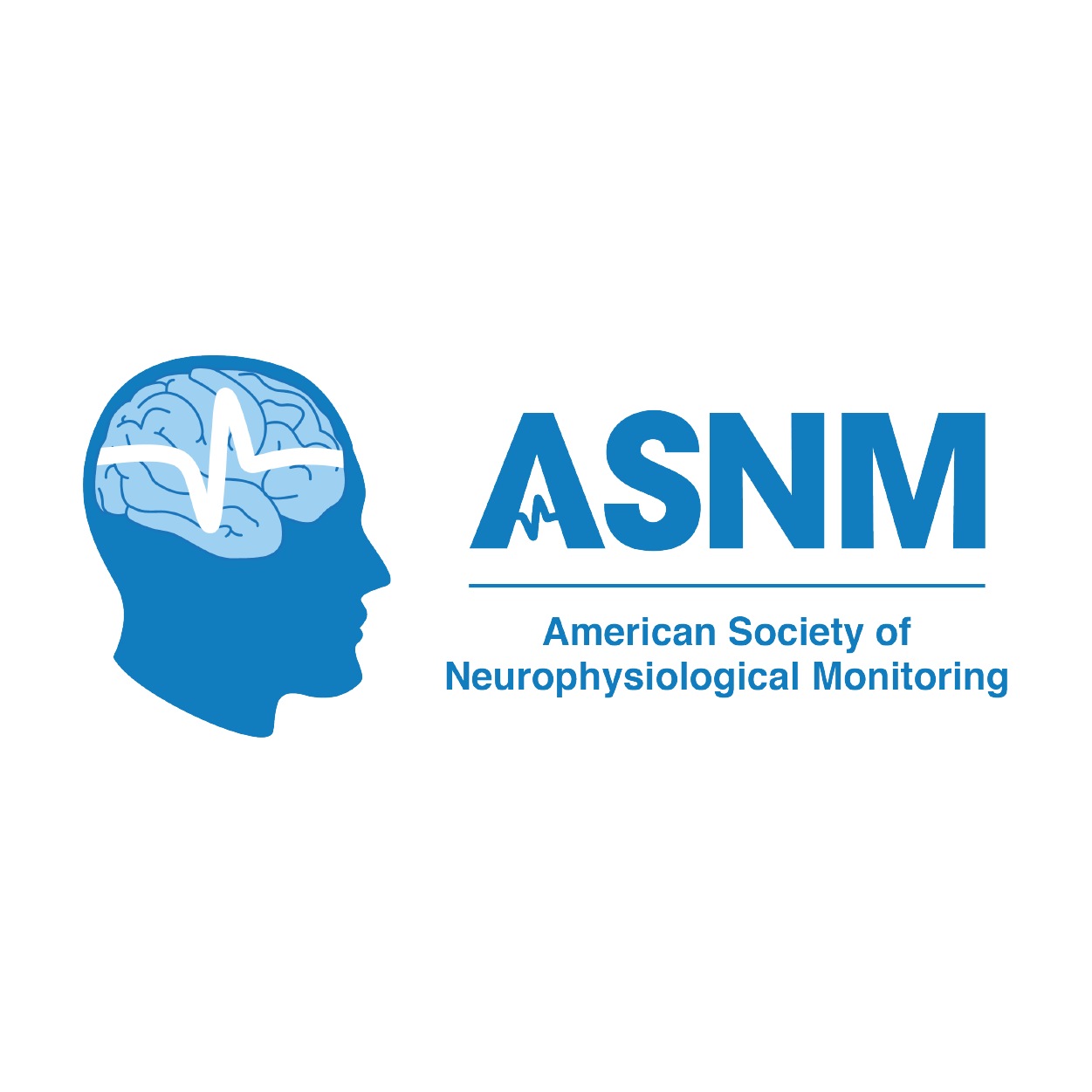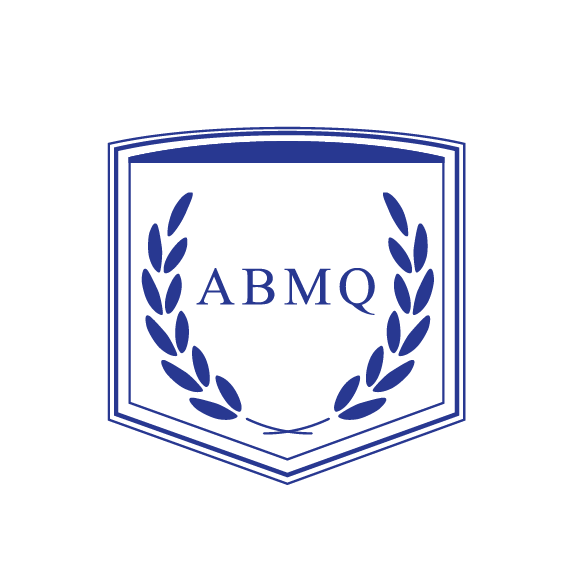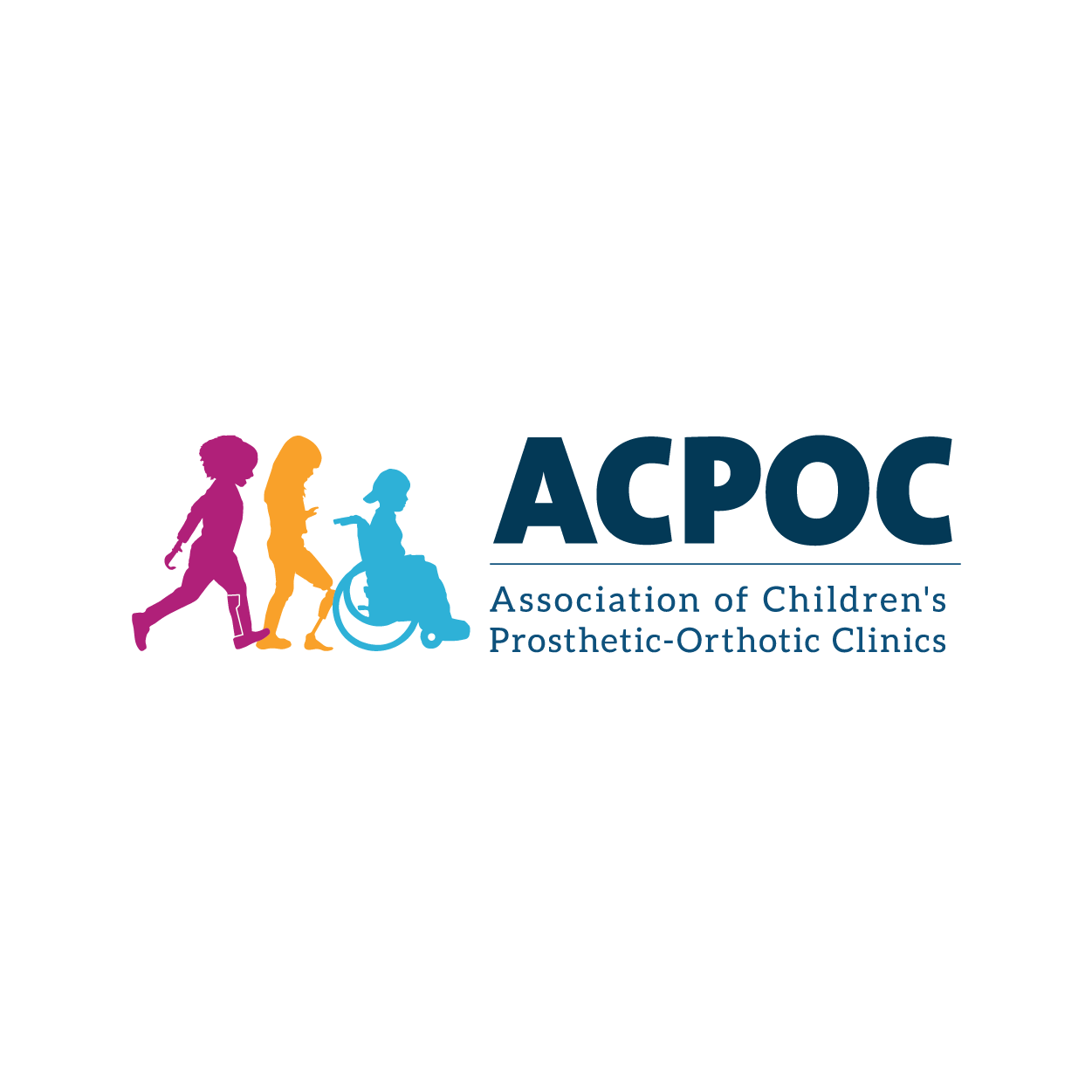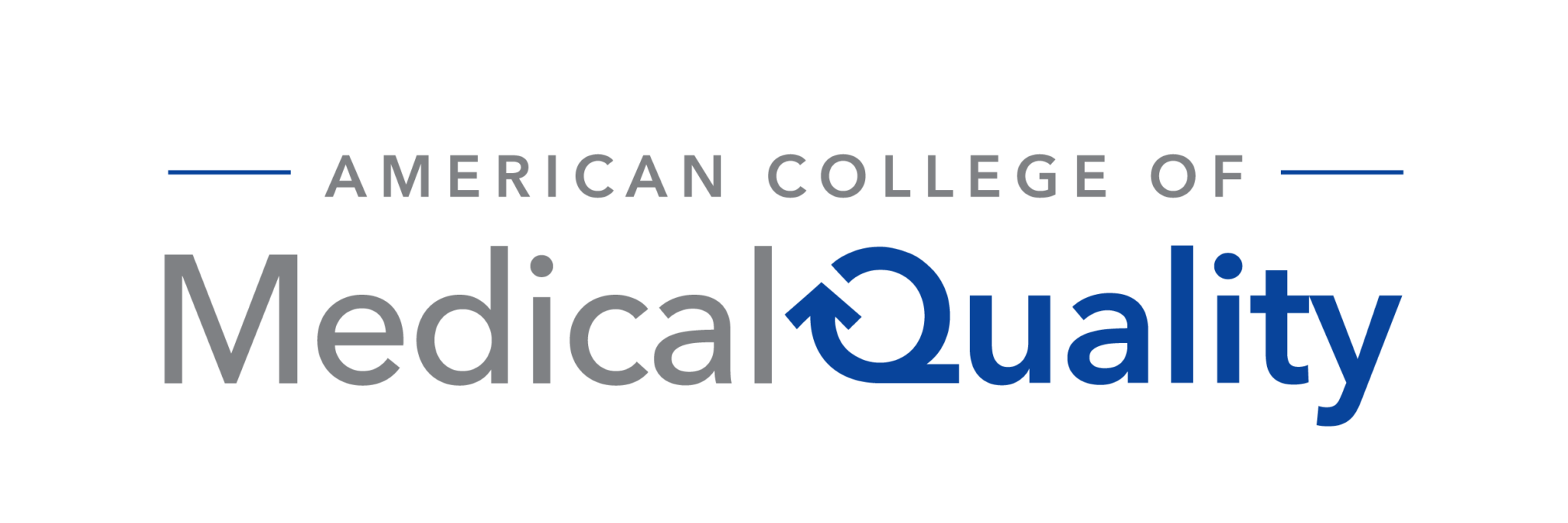

Due to events in recent months in America, many organizations are left wondering what they could do differently and where to begin to improve diversity and inclusion amongst their organization and boards. Many of our clients at Affinity Strategies wrote statements denouncing racism over the summer. That prompted our boards to reflect and question next steps to ensure their own organizations are promoting diversity and inclusion, and not simply writing statements that denounce racism. Please refer to the following information as starting points, conversation starters, pieces to build into strategic plans and ways to assess and evaluate growth in these areas. The hope is the following steps will provide a road map and guide for groups/boards wanting to act and move towards a more diverse and inclusive organization.
- Start with an Honest Assessment and Conversation
The first step is to assess where your organization is currently and defining what diversity in the field/organization should look like. Diversity is often associated with race and ethnicity—and that definition was most frequently cited by the association executives that participated in the foundation focus groups. But research participants also cited gender, diversity of thought, and even role in an industry. Inclusivity means ensuring that members of traditionally marginalized groups are equal contributors who feel valued in the organization. An organization may recruit a range of employees and volunteers representing their definition of diversity, but ensuring those volunteers are also make inclusive.
Self-awareness is the first step toward understanding what perspectives you lack, appreciating other experiences and viewpoints, and building more diverse and inclusive organizations. Understanding our privilege and biases is essential to our D+I journey. When we understand them, we can make changes in our thinking and behavior.
Through collective reflection, we can uncover any biases or gaps that would want to be addressed. When we understand them, we can make changes in our thinking and behavior that will shape our interactions with others. In other words, we put knowledge into action. We can apply this knowledge in conversations to ensure all perspectives are represented. We can become advocates and allies for those not represented, and we have an opportunity to change the outcome.
Have a board take an assessment of themselves and their memberships – here are some potential questions to help guide this conversation:
- Does our board represent our membership? If not, what representation is missing?
- Does our membership accurately reflect the field? Is our organization not as diverse as others? Why?
- Does our organization reflect the patient pools our groups treat?
- If the board/organization is lacking in certain areas of representation – how does the recruitment strategy change to become more diverse and inclusive?
- Does the organization need a committee and volunteer leaders dedicated to assessing and improving on diversity and inclusion?
- State Organizational Commitment
As part of the initial assessment phase, it is recommended by foundation researchers that associations develop a formal D+I statement. The statement should articulate the organization’s commitment to D+I and may include specific areas of focus, such as improving recruitment practices, supporting diversity in the field, or elevating the visibility of underrepresented groups. The D+I statement of the Association of American Medical Colleges, for example, says AAMC “is working to increase diversity and inclusion in academic medicine and to advance healthcare equity in the United States.”
Some organizations also include D+I in their mission statement. If not drafting a new statement, an association’s mission statement should be examined periodically to ensure that references to people are inclusive and appropriate in terms of gender, identity, cultural background, ability, and socioeconomic status.
- Lead with Action
To translate these intentions into action, organizations can implement specific D+I goals. For example, one association in the study made diversity and inclusion one of its five strategic pillars and planned specific supporting activities, such as creating an advisory council, developing diversity leadership training, and ensuring that chapters are in alignment with the association’s diversity strategy
- Develop and make visible clear statements of purpose
- Drive progress through direct involvement
- Mark incremental gains to sustain momentum
D+I initiatives are successful in organizations with leaders who actively support and participate in them. For example, in one association, staff members in charge of D+I were undermined in some ways by other members of the staff. To counter this, executive and board leadership were explicit that the staff working on D+I initiatives had their full support. Regular communications to membership and board members alike on the progress and work of committee/volunteers is integral to supporting its importance and to situate it as a priority for the organization.
- Assess for Success
It is also recommended that associations establish D+I roles, which could include a committee dedicated to D+I that’s composed of an interdisciplinary group and includes members of the leadership team. Survey data shows that only a quarter of associations had such a committee. For larger organizations, hiring someone specifically for a D+I role may be an option. Allocating some resources for D+I initiatives demonstrates that leaders are intent on achieving D+I goals. Help define how success will be measured, when and how will evaluation of progress will take place.
- Recognize Progress
Enhancing D+I culture is a long-term commitment, so it’s important to celebrate short-term wins to sustain momentum. Actions being taken to support an explicit priority—including something as simple as adding more gender-inclusive language to a hiring application—can be shared to make them more visible.
- Expand Partnerships
Partnerships have helped us expand our reach and promote our core values with members at all stages of their careers.
- Look for alignment on core values. Seek out partners that share similar core values.
- Seek alignment on initiatives. Aligning on what both groups are looking to accomplish is vital. For example, D+I has always been an important initiative
- Network and be persistent. Once you have identified a potential partner, look for ways to connect with individuals in the organization. Offer to exchange marketing promotions and speak at one another events and partner on educational content
Changing the industry your association represents starts with your members, whether they are companies or and professionals. Partnering with other organizations that share your D+I goals is a powerful way to do so and expand the reach of your efforts. It’s a lot of work to identify D+I needs and champion efforts across an industry, and engaging members and industry leaders can be a difficult task. Rather than go it alone, many of the focus group participants in the foundation research sought partnerships with organizations that were already doing the kind of work their associations wanted to do. Forming partnerships can alleviate the burden of creating an initiative from scratch and can increase impact and visibility.
The greatest challenge is sustaining the work—a process that doesn’t end but evolves. There may be challenges, but change will only come from sustained efforts to promote D+I practice. Association executives have both the responsibility and the opportunity to lead their organizations and their industries in creating communities that are truly diverse and inclusive.
Overall ACTION Plan:
- Align purpose and vision
- Assemble a small work group to help carry out plan and vision
- Identify a process and tool for accountability
- Increase intentional, personal outreach to specific audiences
- Develop onboarding and engagement strategies toward diversity-focused groups
- Foster an inclusive environment through activities like mentoring
- Include accountability for D+I in volunteer role descriptions
- Celebrate success, and measure and report on progress
Plan to share progress and celebrate a group’s accomplishments at the annual meeting and leadership meetings, as well as update members at the annual business meeting or in e-blasts. With this action plan, the hope is to clarify and increase the role that D+I play in organizations and volunteer positions.


